Minor injuries at home, at work, or in the shop may be painful and inconvenient, but most do not have severe consequences. But take that minor injury into the backcountry, or on a coastal cruise many hours from definitive care, and the stakes can quickly get much higher, particularly if an injury impairs mobility which delays travel to safer environs or renders an individual unable to operate a vessel safely, or at all. A well-stocked first-aid kit is an important piece of gear and can go a long way to keeping treatable injuries from turning an outdoor adventure into an epic, or even disastrous, affair.
The Boat Medic first-aid kit from My Medic is well-thought-out and very well stocked and packaged. It should allow responders to render care for a wide range of injuries and illness running the gamut from minor to life-threatening trauma. The supplies are packed in a waterproof and robust 10″×12″×6″ plastic case. Secure closure is provided by two rugged dual-action latches that prevent accidental opening, while an automatic pressure-valve equalizes the air pressure to assure that the case can always be easily opened. The case kept water out during my 10-minute spray test and 30-minute immersion, confirming its IPX7 rating for waterproofness.
 All photographs by SBM
All photographs by SBM The case is manufactured by Nanuk and has an IPX7 waterproof rating (submersible at 1 meter for 30 minutes) and has double-action latches to prevent accidental opening. Loaded with the first-aid supplies, it weighs 5 lbs 10 oz.
I was impressed with the range of problems the kit was prepared for. There are ample supplies for minor wounds, burns, and orthopedic injuries, which I would expect (and hope) will be the most common uses for a first-aid kit in a field setting. The kit’s supplies for major trauma care could certainly stabilize potentially life-threatening injuries when used by a trained responder. There is no included checklist of gear (helpful when searching for a needed supply in an emergency, as well as when the kit is restocked), though one could be made from the list of contents on the kit’s web page. And while there is no instructional material beyond what is printed on each item’s packaging, users of a pre-stocked first-aid kit should familiarize themselves with its contents and read a good wilderness first-aid manual like NOLS Wilderness Medicine.
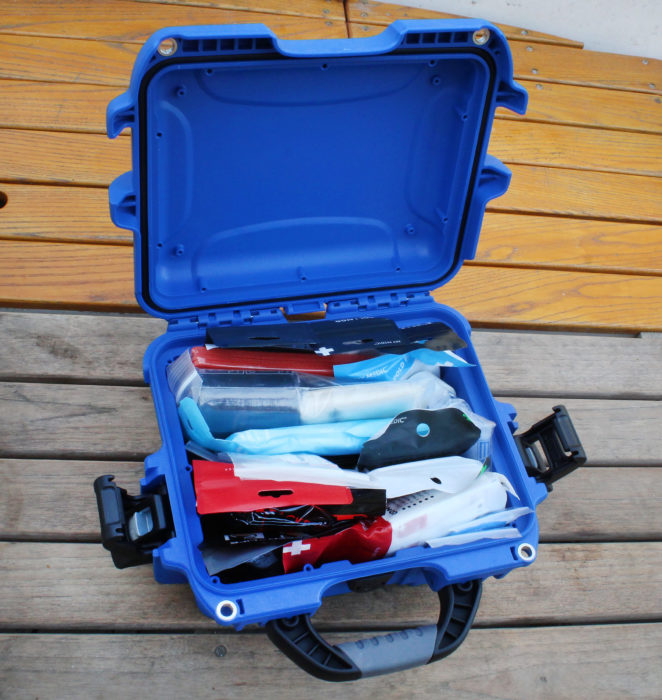
The supplies fill the case and need careful packing to get everything to fit. A square of sheet plastic or thin coated cloth added on top, ready to spread out on the ground, would provide a place to empty the case so the needed supplies can be located quickly without getting them dirty or wet.
Knowing how to use the items in the kit is every bit as important as having them handy. The tourniquet included in the kit, for example, can stem the flow of life-threatening bleeding, but should only be applied after direct pressure, wound packing, and pressure dressings have failed to control blood loss. A tourniquet in place for longer than a few hours can lead to permanent neuro-vascular injury or even limb loss, so a provider should be absolutely certain it is required before placing one, and once placed, the patient should be marked (on the forehead, usually) in pen to alert subsequent caregivers that a tourniquet is in use, and the time it was applied. Similarly, the kit’s nasopharyngeal airway can assist in maintaining an open airway in a patient with a depressed level of consciousness, but it can cause harm if used in the setting of unsuspected cranio-facial injuries.
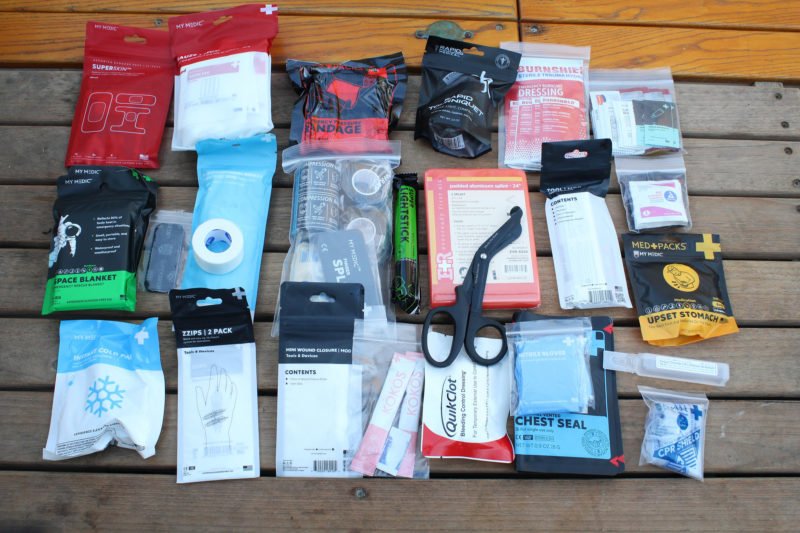
Many of the items come in wrappers that provide brief instructions on their use. Training in first-aid would help the user to deploy them quickly and effectively.
Almost all first-aid kits will require some additions to meet local or personal requirements. For my New England cruising, I carry a tick remover along with doxycycline and dosing instructions for Lyme disease prophylaxis. I also carry Benadryl for insect bites, poison plant exposures, and mild allergic reactions, and an Epi-pen to treat severe allergic reactions to food or bee stings.
The Boat Medic first-aid kit might be more than you need for day trips where emergency resources aren’t far away, but for an extended cruise, a shop, instructional program, or to supply peace of mind, it is a well-stocked and securely packaged kit. ![]()
John Hartmann built his Ilur dinghy WAXWING, and his Jewell-class pocket cruiser UMAMI to sail in the Thousand Islands, Lake Champlain, and the coast of Maine. He is a board-certified emergency physician cruising into semi-retirement after 29 years on the front lines.
The Boat Medic waterproof first-aid kit is available from My Medic for $197.95. Some outdoor equipment suppliers also carry the Boat Medic.
Is there a product that might be useful for boatbuilding, cruising, or shore-side camping that you’d like us to review? Please email your suggestions.
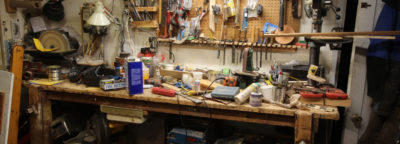
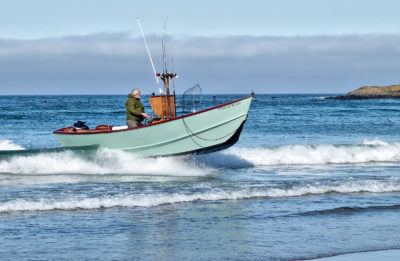

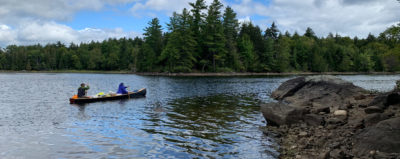

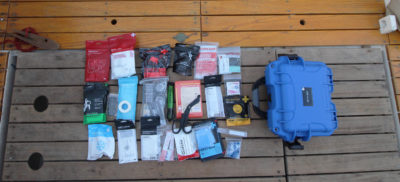
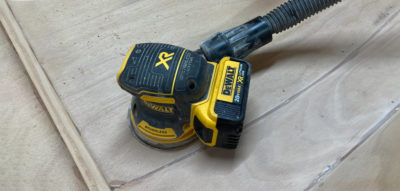
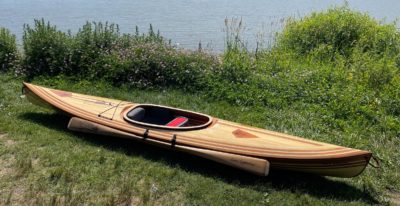

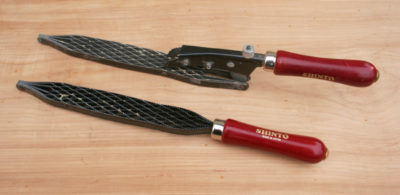
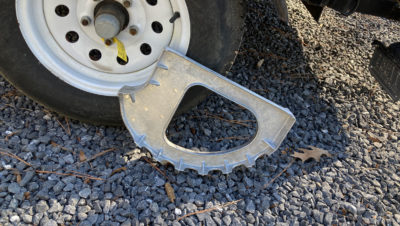
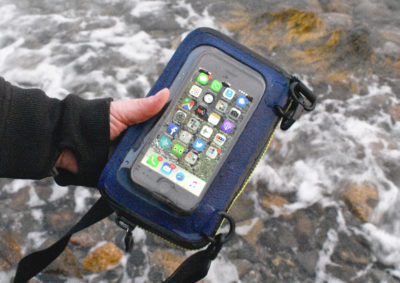
Having been fortunate enough to been on multi boat trips with John and J R Krevens, also an ER doc, I’ve always felt pretty good about anything that might happen. My first-aid kit and knowledge pales in comparison. Not a bad idea for us civilians to tuck a book like the NOLS manual into the kit. My personal lightweight waterproof favorite is the Wilderness Medical Associates Field Guide—really easy to use when there is a situation and has the guides needed when communicating a problem to outside help.
Having recently taken a Wilderness First Aid/CPR class, I recommend that as an addition to having a first aid kit and methods of calling for help. WFA is appropriate when help is more than an hour away.
In some areas, there are Wilderness First Aid/Wilderness First Responder courses that are geared toward small boats which can present some different issues than hiking.
John is an awesome boat medic!